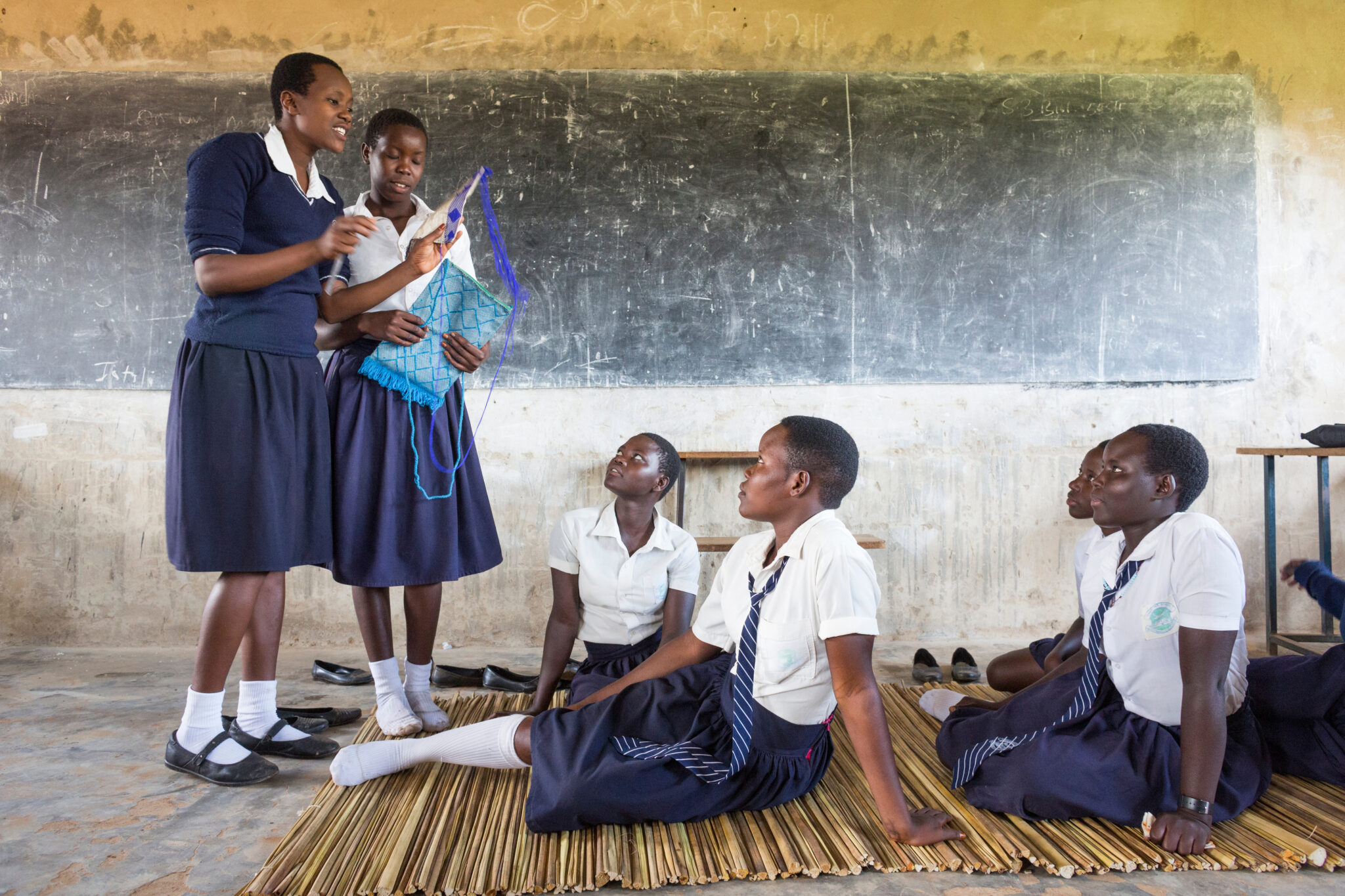Teacher Rotation and Student Outcomes in Uganda

Uganda – Educate! Secondary school program – Soroti region Uganda – Educate! Secondary school program – Soroti region |
Credit: © Cartier Philanthropy. Photographer: Andrea Borgarello
Study Context
A major challenge in educating children in low-income countries is low morale, engagement, and attendance by teachers. In sub-Saharan Africa, teacher absenteeism ranges from 15 to 45 percent (Bold et al, 2017). Teacher absenteeism is particularly severe in Uganda, where 27% teachers were absent during a surprise visit (Chaudhury et al, 2006). Uganda had the third highest rate of teacher absenteeism in comparison to other African countries surveyed by the World Bank (Rogers & Koziol, n.d.). In conjunction with mother’s education level, socioeconomic status, and type of school (public vs. private), the high rate of teacher absenteeism has real consequences for learning outcomes: only three out of ten Ugandan students can read and comprehend a simple story by third grade (Mugo et al, 2015).
Uganda’s district-centralized teacher deployment system offers a unique opportunity to study a low-cost way to motivate teachers. In Uganda, teachers are transferred between schools by district officials, who decide where teachers are transferred every five years and can place them in any school in the district.
Study Design
In partnership with a rural district in Eastern Uganda, researchers conducted a randomized control trial (RCT) to study whether rewarding top-performing teachers with a future posting of their choice would incentivize teachers to improve their attendance and the quality of their teaching.
Researchers evaluated the effect of transfer-for-performance (T4P) over three years, by randomly allocating 140 schools in the district into a control group, or into one of two intervention groups.
In the intervention schools, eligible teachers were incentivized based on student improvement in literacy and numeracy. The higher a teacher’s value added (i.e. the more their students’ test scores improved), the higher their chances were of “winning” and receiving a transfer to one of five pre-specified preferred schools. By comparing the performance of eligible teachers (and their students) at “Traditional” transfer schools to those at control schools, researchers estimated the effect of T4P against the pre-existing transfer scheme.
Results and Policy Lessons
Researchers found no improvements in student outcomes and teacher attendance in schools where high-performing teachers could receive their preferred posting. Treated teachers, for whom performance does matter, did not significantly start believing that student performance influenced transfers more.
While T4P did not seem to work as implemented in the context, Uganda’s transfer system, and T4P more broadly, remains an important and understudied potential resource for the management of educational personnel, especially in cash-poor countries. Though many countries transfer various types of state personnel, how placements affect effort remains ill-understood. This further begets the question – with this T4P intervention, why were students performing poorly in this Ugandan district?
This study suggests that it is not because teachers are not trying. In fact, the majority of teachers seem to be present in their classes: on average, there was approximately 87% teacher presence each year. Rather, it could be that the complexity of teaching effectively, at the right level, and with limited resources (i.e., chairs, desks, and permanent classrooms) amplifies difficulties with improving student performance. To improve student outcomes, teachers may need not just incentives, but also better training and guidance on how to translate their effort into better student performance.

